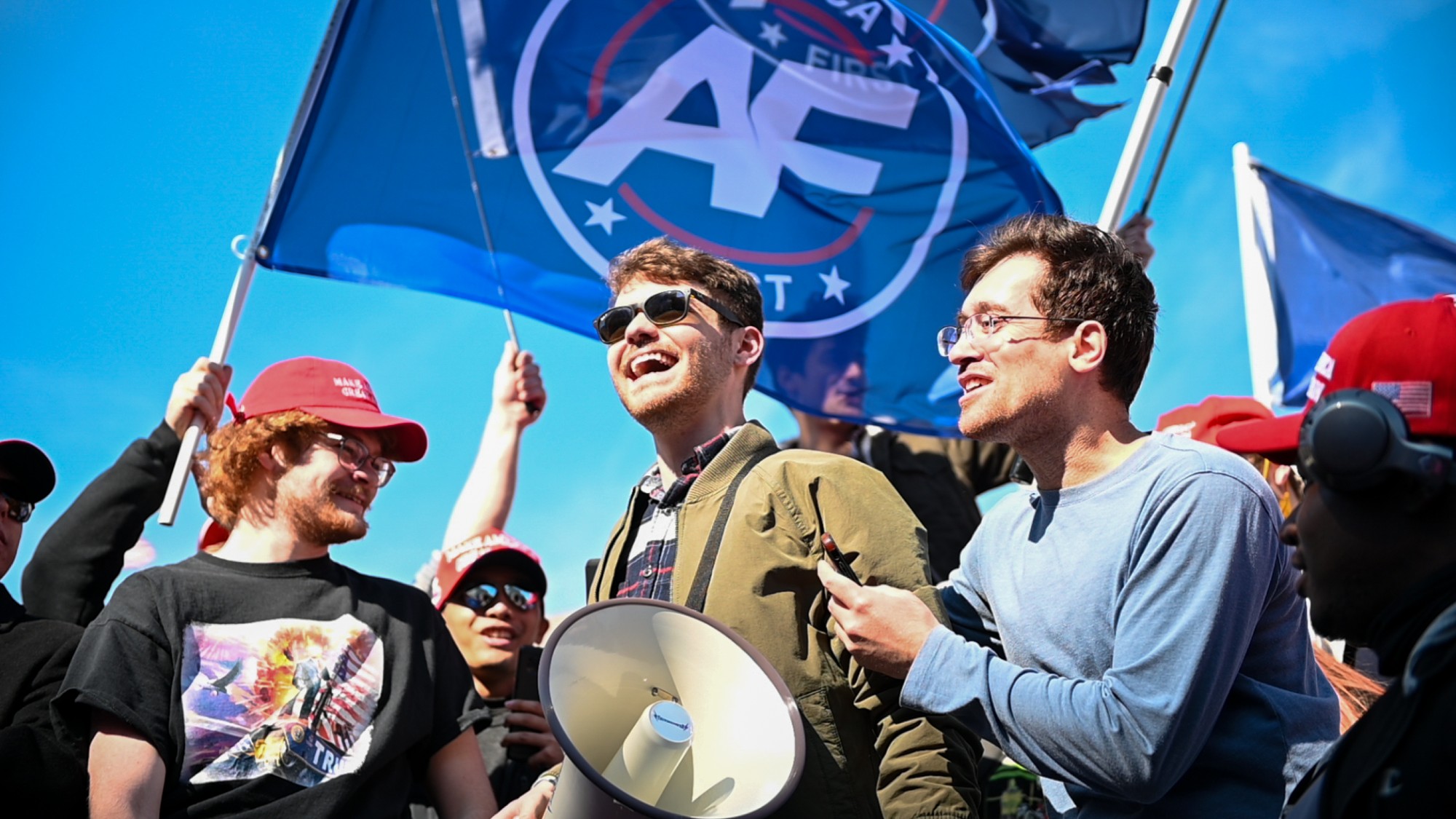Exhibit of the week: Paul Outerbridge: Command Performance
The Getty Museum pays tribute to Paul Outerbridge, who persisted in the use of color photography at a time when it wasn't taken seriously as a fine art.
Getty Center, Los Angeles
Through Aug. 9
For most of his career, Paul Outerbridge was considered merely a “commercial artist” who shot spreads for glossy magazines such as Vogue and Vanity Fair, said Ken Johnson in The New York Times. Yet, as early as the 1920s, Outerbridge was creating “perfectionist, intensely colored, erotically charged pictures” whose aesthetic would make him “an important father figure” to many major photographers. His pioneering color photographs “of nearly hallucinogenic vividness” influenced the work of such pop artists as Cindy Sherman. “But his most arresting pictures are of beautiful women in fetishistic finery,” which created a template for artists such as Helmut Newton and Robert Mapplethorpe by “combining neoclassical beauty and modern kinkiness.” So it’s fair to ask, “Was Paul Outerbridge one of the 20th century’s great photographers?”
The Week
Escape your echo chamber. Get the facts behind the news, plus analysis from multiple perspectives.

Sign up for The Week's Free Newsletters
From our morning news briefing to a weekly Good News Newsletter, get the best of The Week delivered directly to your inbox.
From our morning news briefing to a weekly Good News Newsletter, get the best of The Week delivered directly to your inbox.
He certainly was among the most innovative, said Jeff Favre in the Ventura County, Calif., Star. “Outerbridge was one of the first to make the move” from black-and-white to color, creating his own distinctive “carbro” production process using carbon printing and bromide paper. Outerbridge spent hours in the darkroom painstakingly developing complex color images, but it was worth “all the trouble.” The crisp, glossy look was like nothing seen before—or since, for that matter. It took decades longer for color to catch on among photographers.
Outerbridge’s work from the 1930s alone would be enough to establish him as “one of the great pioneers of color photography,” said David Ng in the Los Angeles Times. But his career went into a tailspin after World War II, and he moved from New York to Los Angeles, where he operated a small portrait studio. These years are typically considered a “period of creative decline,” but this exhibition suggests otherwise. The late pictures are masterpieces of precise composition, “whether it’s the subtle interplay of shadows with color in a photograph taken at California’s Balboa Beach in 1950 or the geometric triangulation of sightlines in an image of workers at a Mexican seaport.” The fact is, for most of the 20th century, color photography simply wasn’t taken seriously as fine art. Outerbridge’s “devotion to color cost him dearly in the eyes of art critics and tastemakers.” But what then seemed like a perverse preoccupation in fact was simply ahead of its time.
A free daily email with the biggest news stories of the day – and the best features from TheWeek.com
-
 A luxury walking tour in Western Australia
A luxury walking tour in Western AustraliaThe Week Recommends Walk through an ‘ancient forest’ and listen to the ‘gentle hushing’ of the upper canopy
-
 What Nick Fuentes and the Groypers want
What Nick Fuentes and the Groypers wantThe Explainer White supremacism has a new face in the US: a clean-cut 27-year-old with a vast social media following
-
 5 highly amusing cartoons about rising health insurance premiums
5 highly amusing cartoons about rising health insurance premiumsCartoon Artists take on the ACA, Christmas road hazards, and more
-
If/Then
feature Tony-winning Idina Menzel “looks and sounds sensational” in a role tailored to her talents.
-
Rocky
feature It’s a wonder that this Rocky ever reaches the top of the steps.
-
Love and Information
feature Leave it to Caryl Churchill to create a play that “so ingeniously mirrors our age of the splintered attention span.”
-
The Bridges of Madison County
feature Jason Robert Brown’s “richly melodic” score is “one of Broadway’s best in the last decade.”
-
Outside Mullingar
feature John Patrick Shanley’s “charmer of a play” isn’t for cynics.
-
The Night Alive
feature Conor McPherson “has a singular gift for making the ordinary glow with an extra dimension.”
-
No Man’s Land
feature The futility of all conversation has been, paradoxically, the subject of “some of the best dialogue ever written.”
-
The Commons of Pensacola
feature Stage and screen actress Amanda Peet's playwriting debut is a “witty and affecting” domestic drama.